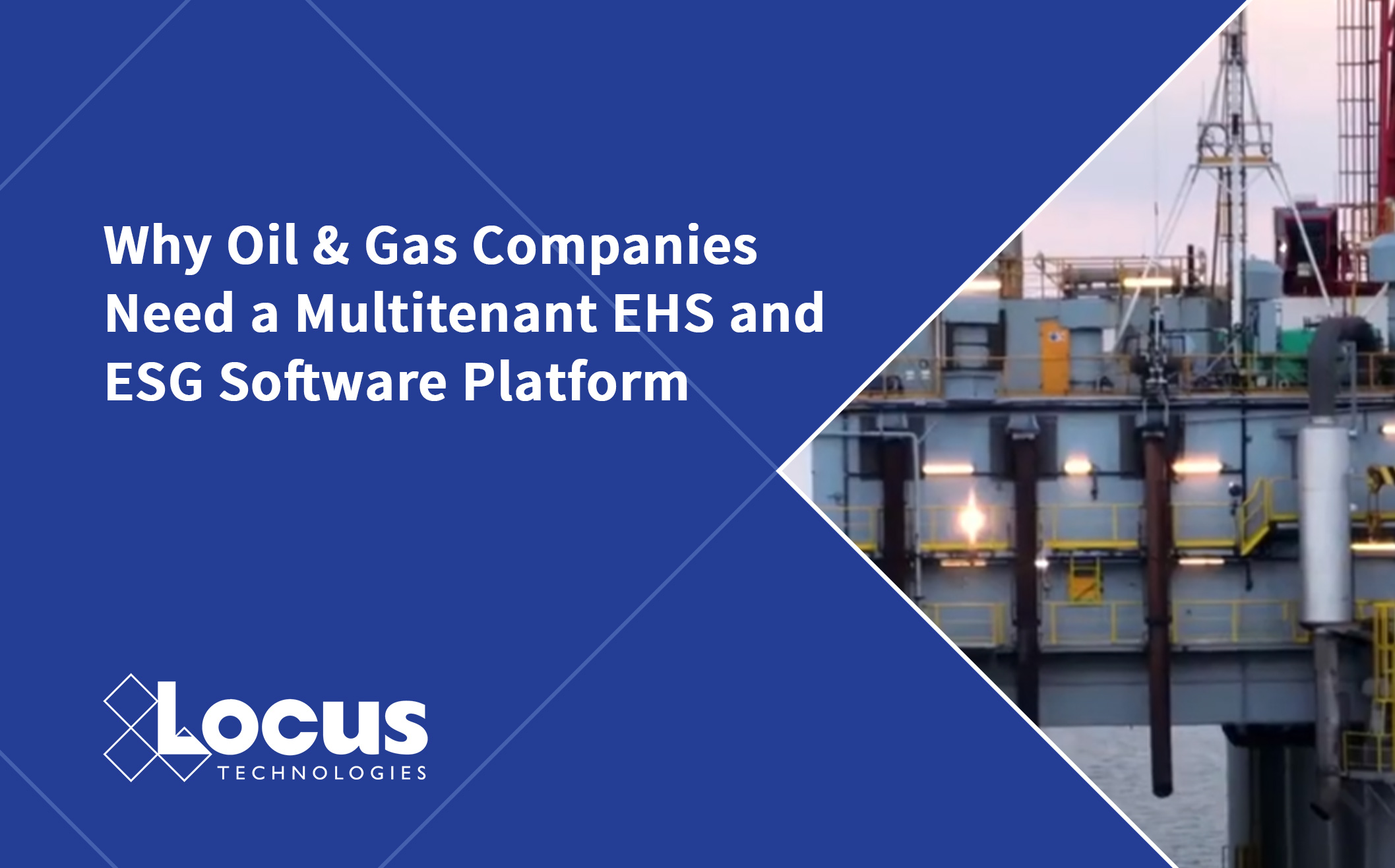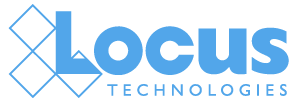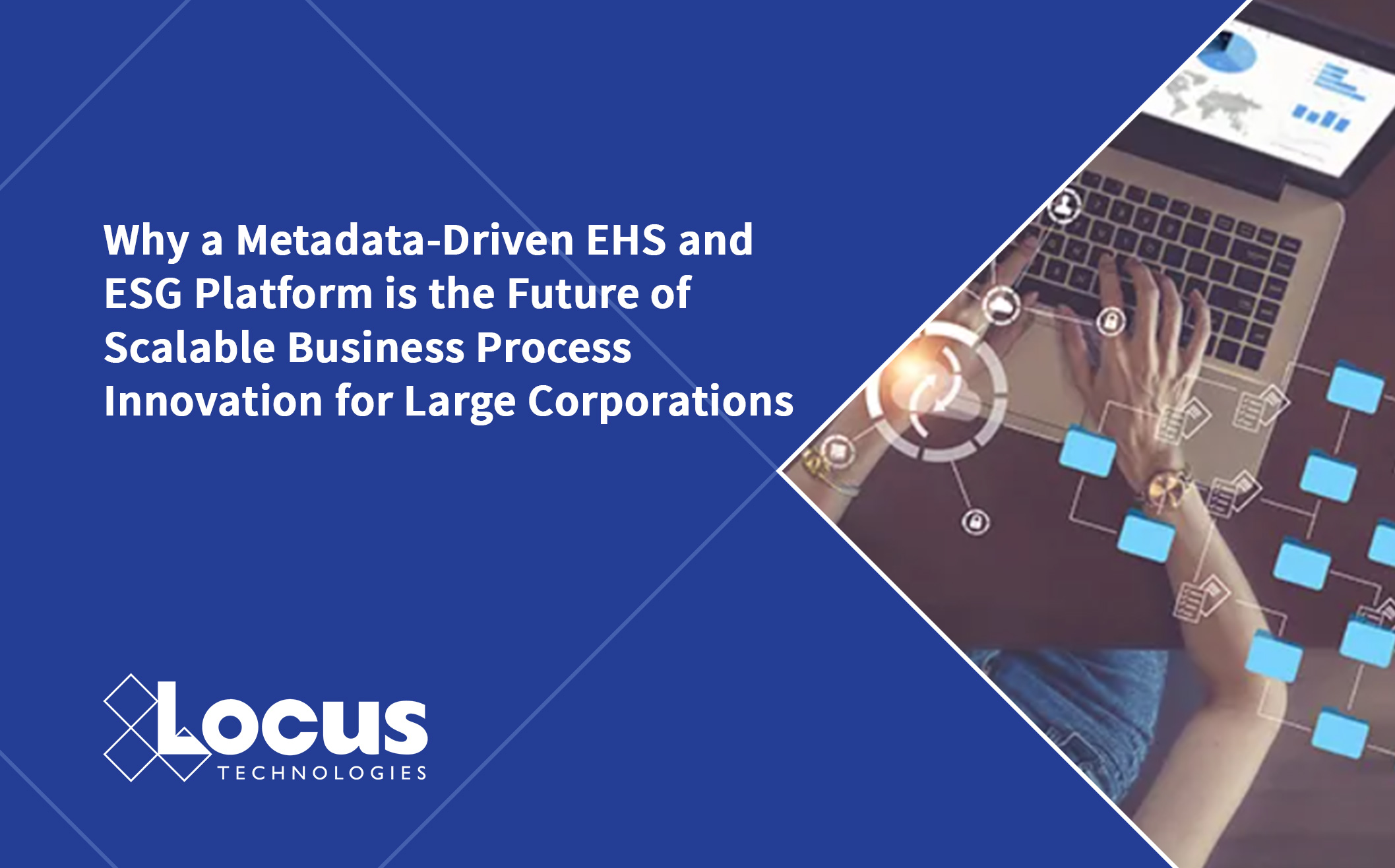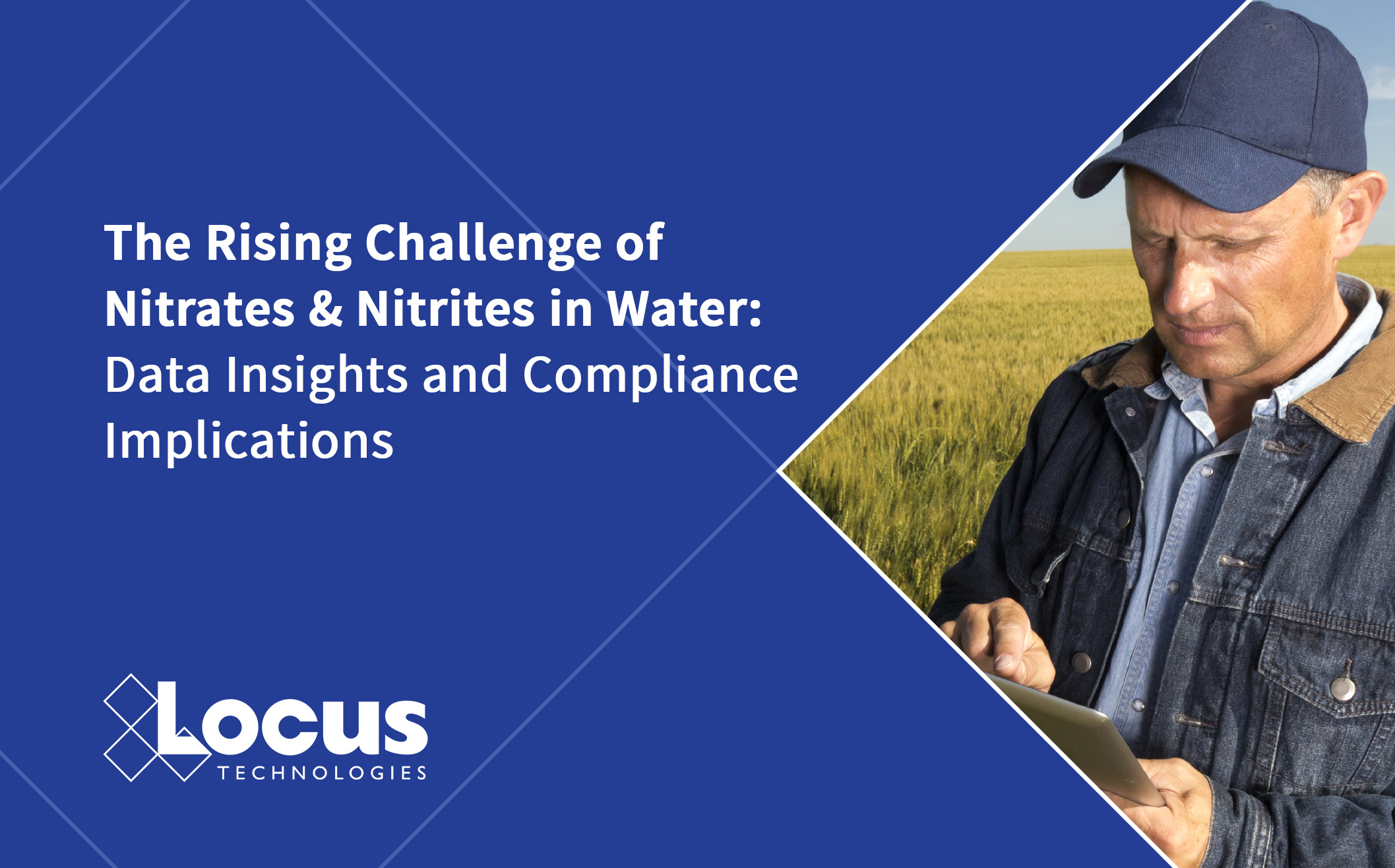Why Oil & Gas Companies Need a Multitenant EHS and ESG Software Platform
By Brenda Mahedy, reviewed by Neno Duplan

Reading Time: 2 minutes
For large oil and gas companies, compliance is never simple. These are global organizations, operating across dozens of jurisdictions with ever-changing regulatory demands. A single update (a new deadline, a revised emissions framework, a change to waste reporting) can ripple across the enterprise like a shockwave. Suddenly, what looked like a stable system starts to feel like a house of cards.
When compliance depends on outdated, single-tenant software, that house of cards is vulnerable. But with a true multitenant SaaS platform for EHS and ESG, those disruptions become opportunities to strengthen the system instead of break it.
The Power of Multitenancy
Multitenant SaaS isn’t just a buzzword; it’s a fundamentally different way of delivering software. In a multitenant architecture, every customer runs on the same version of the software. That means improvements, fixes, and regulatory updates are instantly available to everyone, everywhere. No different versions, no version numbers, no new implementations, no new training, only discreet rolling upgrades.
For oil and gas companies, the benefits are game-changing:
- Faster compliance updates – New frameworks, forms, or requirements can be rolled out to every user within hours, not years.
- Shared expertise – When one customer, consultant, or subject matter expert identifies a gap, the entire community benefits from the fix.
- Uninterrupted operations – Updates happen behind the scenes, with no disruption to reporting cycles or workflows.
In other words, multitenancy transforms compliance software into a living system — continuously adapting as regulations, stakeholders, and expectations evolve.
The Alternative: A Nightmare of Versions
Without multitenancy, the story looks very different. Legacy vendors often deliver “one-off” installations: one company might be running a five-year-old version, while another is on a slightly newer build. When a regulatory framework changes, the vendor is left with a monumental task: rewriting, retesting, and re-implementing those changes across dozens of different customer versions.
The result? Updates that should take hours stretch into months—or even years. By the time the rollout is complete, the regulation may have changed again. Meanwhile, internal teams are left scrambling to build workarounds, risking noncompliance, inefficiency, and missed deadlines.

Multitenancy in Action
At Locus Technologies, we’ve seen the difference firsthand. When regulators issue a change… say, a new greenhouse gas reporting requirement, our platform can be updated once, centrally, and delivered to all customers instantly. Every user benefits from the update immediately, no matter where they operate.
This isn’t theory. It’s the daily reality of running compliance systems for some of the largest oil and gas companies in the world.
The Bottom Line
In today’s regulatory environment, oil and gas companies don’t just need software that can handle data; they need software that can adapt to change. A multitenant EHS and ESG SaaS platform ensures that compliance teams aren’t waiting months for fixes, scrambling to maintain outdated systems, or watching their “house of cards” collapse.
Instead, they gain resilience, agility, and confidence.
For global enterprises, the question isn’t whether multitenancy matters; it’s whether you can afford to keep operating without it.
Locus is the only self-funded water, air, soil, biological, energy, and waste EHS software company that is still owned and managed by its founder. The brightest minds in environmental science, embodied carbon, CO2 emissions, refrigerants, and PFAS hang their hats at Locus, and they’ve helped us to become a market leader in EHS software. Every client-facing employee at Locus has an advanced degree in science or professional EHS experience, and they incubate new ideas every day – such as how machine learning, AI, blockchain, and the Internet of Things will up the ante for EHS software, ESG, and sustainability.



